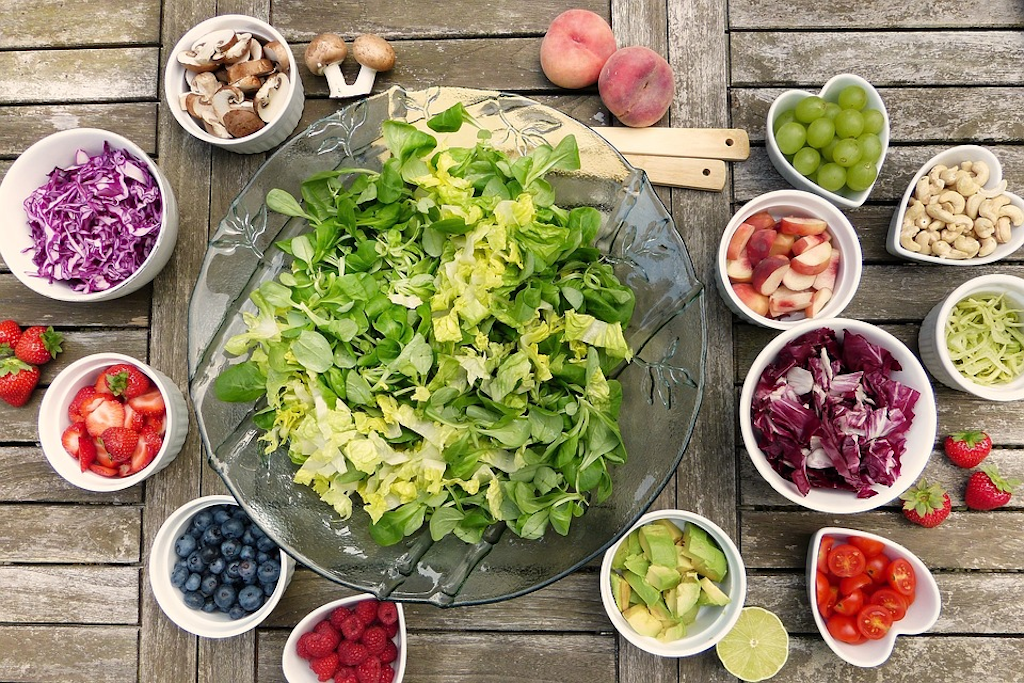How Practical Meal Planning Can Ensure a Nutritious Diet for Your Family
Should you surf the internet, you’ll find a barrage of information about the importance of careful meal planning and choosing well-balanced diets for the whole family. While Americans are well aware that they should be eating more nutritious meals with organic ingredients, the modern-day lifestyle is making such food choices increasingly challenging. The Bureau of Labor Statistics reports that according to statistics gathered in 2017, at least 61.9% of households have both partners working full-time jobs.
This percentage is rising quickly with more people enjoying their careers or simply, needing the income to support a specific lifestyle. Further, a large section of households (close to 45%) have members who just don’t like or want to cook. They would prefer to order their food from restaurants or sign up with a good service that brings them the dishes and kind of cuisine they want – at their doorstep.
The great thing about modern-day America is that wanting to eat healthy even if you’re not cooking at home is now possible. All you need to do is a little research online and you can find lots of practical tips to help you with meal planning including finding nutritious, organic foods that are free of preservatives and chemicals.

Tip 1. Find an Organic Meal Delivery Service
Check around for a good Meal Prep Delivery service that brings you organic meals. Such services have a special online menu with dishes made using certified grass-fed, chemical-free foods that have no GMOs, Trans fats, and excess sodium. Each dish will have its ingredients, nutritional information, and calorie-content listed so you can make an informed choice for your family. The exciting thing about such services is that they have a range of cuisines to choose from with new dishes being added all the time so you never tire of eating the same food. Their portion sizes are large enough so you can split them into smaller meals and bring to work.
Tip 2. Tap into the Convenience of the Microwave
The frozen food aisles of your grocery store have an incredible collection of ready meals that you can thaw and eat (God bless the person who invented the microwave!). But, like this feature on WebMD warns, you may want to look out for the harmful ingredients that these foods might contain. When meal planning, a smart move is to read the labels carefully before selecting a particular product. A good rule of the thumb is to select a regular meal that contains between 360 to 400 calories with a maximum of 25 grams of fat. Also, look for the amount of sodium and processed sugars the meal contains. As long as you have the nutrition levels sorted, you’re good to go.

Tip 3. Select Recipes that Involve the Minimum of Cooking
The simplest of meal planning that does not involve lighting the stove is to throw together a sandwich and salad. You can find a range of the most delicious bread made with whole grains of different kinds. Add some precut vegetables and dressings made with grass-fed dairy butter, or almond or peanut butter. Pop in some lean meat or cooked soy for the protein, and you have an instant meal ready in less than 15 minutes. The same goes for salads. Stop by at the salad bar at your local grocery store and make your own dish with the vegetables and dressings you prefer. You can also take the dressings on the side and dip your fork for a light taste instead of drowning your salad in them. Top with some grilled chicken, and you can bring home a nutritious organic meal packed with vitamins and minerals, but low on the fat and harmful stuff.
Tip 4. Make a Quick Smoothie
If you’re looking for an even quicker organic meal that is high on the nutrition scale and fills you up without much effort, try making smoothies. This is one form of meal planning that takes the minimum of thought and effort. Choose from dairy milk, almond milk, or soy milk to suit your preferences and food allergies, if you have any. Toss in a bunch of fruits and vegetables, top with a handful of nuts, and peanut butter and you have an awesome meal ready in minutes. Here’s another idea. Add chocolate shavings and you won’t have to ask a child twice to try one of those. Looking for more recipes like these? Try this article on the FoodNetwork.

Tip 5. Choose the Right Dishes in a Restaurant
If you absolutely must eat at a restaurant, know that with the right meal planning, it is possible to stick with your commitment to organic, healthy food. Most diners offer you separate menus with organic meals. And, when selecting the dishes you want, look for descriptions that say, broiled, baked, grilled, poached, roasted, or steamed. Ask for olive oil or vinegar for the salad dressings that have no Trans fats and are good for your heart. Focus on whole grain pasta and other complex carbohydrates that will keep you full for a longer while like the folks on Prevention advise. Skip the dessert and come home to a bowl of fresh fruit instead.
Be Clear on Your Understanding of Organic Foods
While opting for organic meals is a good, healthy choice for the entire family, it’s important to get your facts right about what constitutes organic food. Simply put, any food that does not contain preservatives, chemicals, and is minimally processed is good for you. When choosing meats and fish, look for free-range or caught in the wild. Dairy products are safe if the label says grass-fed. Even so, you may want to check for added ingredients used in the processing that may not be organic. Plant products that are free of GMOs and grown without pesticides and chemical fertilizers are the ones to choose.
Organic meal planning is not all that difficult when you know what to look for. But, once you adopt this lifestyle, you’ll find that your family is healthier and fitter.



